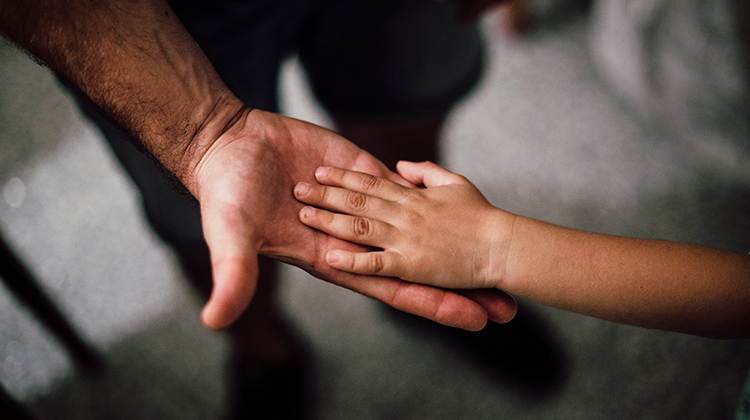Embedding Trauma-informed Student Wellbeing Practices

When children have harmful experiences, their whole self is impacted, with Kain and Terrell (2018) stating ‘… early trauma takes a staggering toll on our physical, psychological, emotional, and social health’ (p. 1). There are many kinds of trauma and living with adversity born of structural inequity affects development like trauma does. Adversities like poverty, community violence, and racism cause traumatic stress, which impacts children’s development causing compounding inequity. For those of us working with children and young people, understanding these impacts is vital.
Knowing about the prevalence and effect of trauma and adversity, we can’t simply focus on educating the students in our schools with a one-size-fits-all approach. We see the impacts of trauma every day in classrooms - these impacts might be labelled as a behavioural issue, bad parenting, school refusal, lack of engagement or perhaps given a diagnosis. Frequently students are suspended or expelled, as schools either don’t know what else to do, or simply don’t want to deal with complex and challenging students. When people in schools have a deeper understanding of their students’ lives, a whole world opens up - there is capacity for compassion, care, and both intervention and prevention. What power schools have to positively influence a student living with adversity!
Sanctuary trauma refers to the experience of someone who has experienced trauma and seeks help or support, ‘only to encounter a reception that is not as supportive as anticipated or needed’ (Wolpow et al., 2016, p. 2). School is often a place that students or caregivers reach out to for support and we are privy to all sorts of information about families, either directly or indirectly.
This idea of sanctuary trauma highlights the incredible impact that schools can have when they can act as sanctuaries for students and families. Of course, our work is with students and yet our students exist in the context of family and community. There is a significant body of research that shows that when schools engage well with families, students do better academically, have better attendance, develop better social skills and stay in school longer (Brunzell & Norrish, 2021; Durlak et al). This makes sense and is particularly relevant for students who might be at risk of experiencing sanctuary trauma.
When schools can ensure that all staff are provided with the right support and training to ensure schools are sanctuaries, we support all our families. Often training and professional development happens for teachers, and sometimes classroom support staff, but does not include administrative staff even though they are frequently dealing with families across a range of potentially difficult experiences, such as financial issues, absences, illnesses or housing issues. We must not forget the impact of our front of house staff. School should be a safe place, for children and for families, and if we can manage this, we are going a long way to supporting all people who walk through our front doors.
My book Safe to Learn is the culmination of my many years of work in education, with students, families, teachers and support staff - all the elements of a school. My work has made very clear to me that the story we tell of educational equity in Australia is a fallacy. As with all elements of our society, the more you have, the easier life is - education is no exception. I have worked with families who are well-off, well-supported and well educated, and I have worked with students born in refugee camps, growing up in Australia, living surrounded by community violence. I see that while parental love, care and attunement are most definitely important, the structures around children can also have a profound influence on all aspects of their life, including education. I wholeheartedly believe that those of us in schools have the capacity to have a huge influence on the students we work with and for. I believe we have the opportunity to mitigate adverse impacts that affect students, whether that is impacts from home, health, discrimination or societal structures. It is with this belief that I have written Safe to Learn.
References
Brunzell, T., Norrish, J. (2021) Creating trauma-informed, strengths-based classrooms: teacher strategies for nurturing students’ healing, growth, and learning. Jessica Kingsley Publishers.
Durlak, J. A., Weissberg, R. P., Dymnicki, A. B., Taylor, R. D., & Schellinger, K. B. (2011). The impact of enhancing students’ social and emotional learning: A meta‐analysis of school‐based universal interventions. Child development, 82(1), 405-432.
Kain, Kathy L and Terrell, Stephen J. (2018) Nurturing Resilience: Helping clients move forward from developmental trauma an integrative somatic approach. North Atlantic Books, Berkely, California.
Wolpow, R.; Johnson, M. N.; Hertel, R; Kincaid, S. O. (2016) The heart of teaching and learning: compassion, resiliency and academic success. Washington: Washington State Office of Superintendent of Public Instruction (OSPI) Compassionate Schools. Third Printing